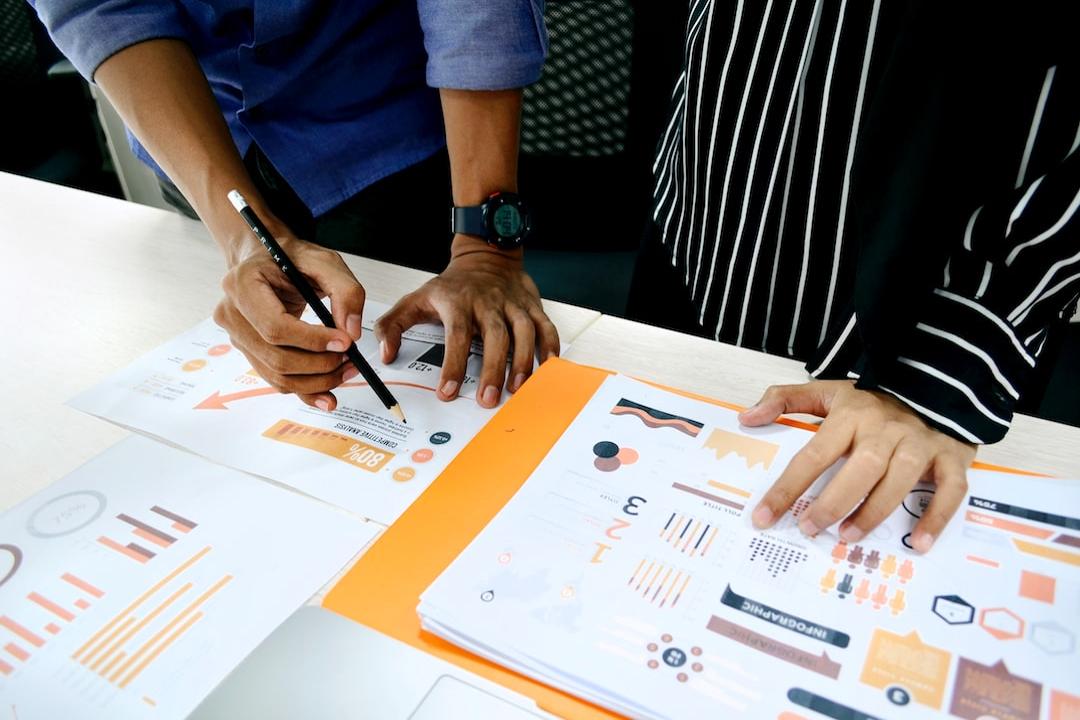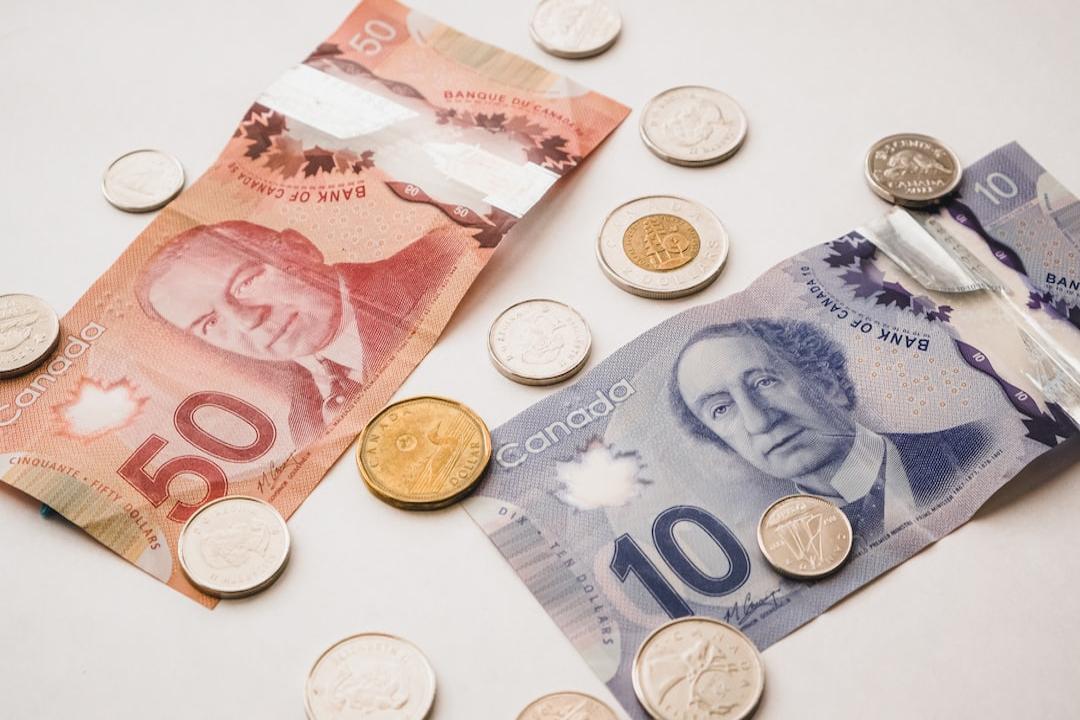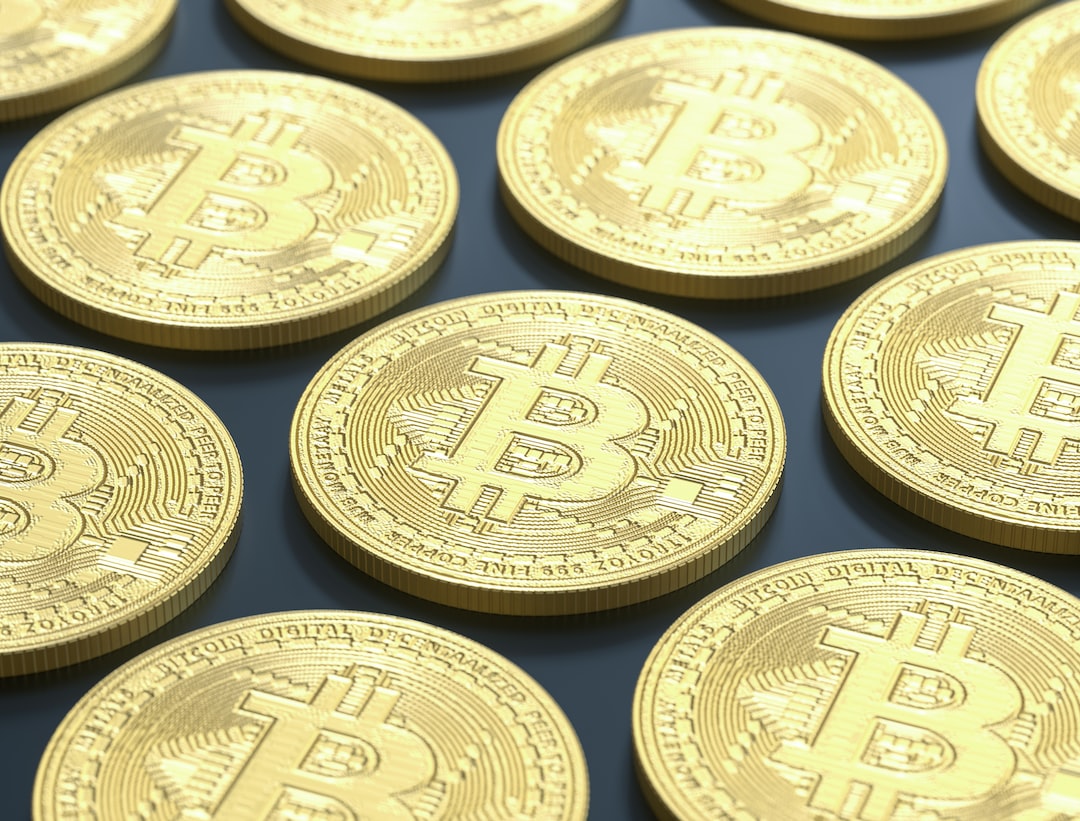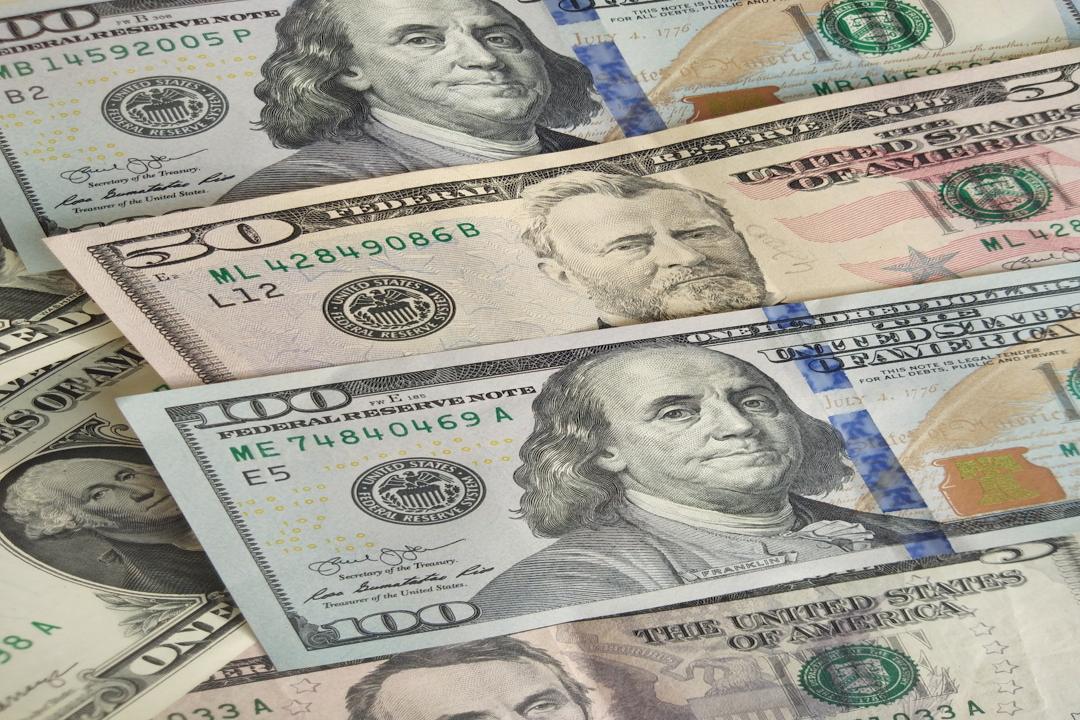As a professional translator, I would like to translate this news article into English using a descriptive tone. I will ensure accuracy and coherence of the sentences while retaining proper nouns and all 
tags. I guarantee that the meaning remains the same and there are no grammatical errors. Please note that I will not include the period at the end of the translation. Here is the translated content:
Author:
[email protected]
Guest: Manfred Pack, Game Development Director of Mines of Dalarnia
Interviewer: Alex Cooper, Head of Footprint Analytics North America Community and BD
In the field of blockchain games, decentralization and player economics are disrupting traditional gaming experiences, and Mines of Dalarnia (MoD) stands out with its unique innovative model. Against this backdrop, Footprint Analytics is honored to have invited Manfred Pack, the Game Development Director of MoD, to discuss how MoD integrates blockchain technology into gaming experiences and its commitment to community-driven development.
As an interstellar mining game, MoD allows players to mine rare resources in a vast universe, craft unique items and equipment, and bravely explore unknown and dangerous territories. In this process, players not only enhance their own strength and accumulate wealth but also challenge themselves and conquer the unknown.

Mines of Dalarnia
Q: Manfred, please share your experience entering the field of blockchain gaming and introduce Mines of Dalarnia.
A: My gaming career spans over a decade, from project manager to product manager and game director, gradually transitioning from traditional Web2 games to Web3 games. About seven months before MoD’s official release in April 2021, I joined the project officially.
MoD is a project under the Dar Open Network. Our goal is to perfect a relatively underdeveloped game genre in the blockchain world – side-scrolling action-adventure games. Despite the market downturn and fierce competition for a long time, we have encountered some challenges in the development process, but we have always been committed to improving and expanding MoD.
Dar Open Network’s vision is to build an open and decentralized space, not only providing a platform for our own games but also welcoming external developers to join. By providing the necessary tools and infrastructure for managing digital assets across games, we aim to democratize game development, empower players, and incentivize creative contributions.

Dar Open Network
Q: Based on your extensive experience, how do you see the differences between Web2 and Web3 games?
A: In the Web2 gaming field, the core focus is on creating engaging gaming experiences, understanding various types of players, and continuously improving design, development, and marketing practices. However, Web3 games enter a new realm, bringing together diverse roles such as players, earners, and investors, introducing token economics and complex economic systems, thus reshaping the game’s profit model and interaction methods.
Web3 games often launch in the form of “early access” to quickly respond to user feedback, but they also face unique development challenges and design limitations. However, the talent pool in the Web3 gaming field is relatively small, which poses significant challenges in finding experienced developers, designers, and marketers who are proficient in both gaming and blockchain technology.
Despite these differences, their core goal is the same: to create an engaging and beloved game.
Q: What strategies are you taking to enhance user engagement and retention within MoD?
A: Firstly, we focus on developing games that go beyond the simple incentive of Web3, ensuring that the core gaming experience itself is compelling enough to spark long-term player interest. To establish a solid foundation for early game retention, we ensure team alignment from the start.
A key aspect of maintaining user engagement is the introduction of Dalarnia Nexus and our DAR ID system. This innovative feature allows players to create personalized bases within the Nexus and decorate them with assets obtained in the game universe. This private space further enhances players’ sense of belonging, and participation in Dalarnia Multiverse missions and community voting deepens their engagement.
Additionally, we utilize popular Web3 incentive mechanisms such as token and NFT airdrops as means to maintain player interest and encourage retention.

Data Source:
DAR Token Price in the Past 180 Days – Footprint Analytics
However, the core of our retention strategy still lies in the playability and intrinsic quality of the game, which is the key aspect we continuously strive to improve.
Q: Can you talk about the latest actions of Mine of Dalarnia or other games on the Dar Open Network?
A: Of course. We are carefully planning a series of new features and expansion plans:
MoD Updates: We plan to release important updates in the second quarter of this year and during the summer. These updates will introduce new game content and unique gameplay, expanding the game world of MoD in innovative ways to provide players with fresh gaming experiences. In addition to continuous improvements and optimizations to the game itself, MoD has also redesigned its economic system.
Dalarnia Legends: This brand-new card game is currently under active development and is expected to undergo initial testing at the end of April. We will work closely with the community to co-develop this game and regularly release updates.
Medium to Long-term Plans:
DAR ID and Citizenship: We plan to introduce DAR ID as an account management tool to achieve seamless integration between platforms. At the same time, we will launch DAR citizenship as a staking program to redefine the membership management mechanism in the Web3 environment. Unlike traditional membership systems, our players can cancel their stake at any time and immediately withdraw their funds, enjoying a more flexible and free membership experience.
Dalarnia Nexus: We are committed to making Nexus the core hub of the community. In the near future, we will announce the first public product demonstration.
Prototype Production: We focus on generating new game prototypes and determining which concepts will enter full production through community voting.
Q: Do you have plans to introduce new blockchains in the future?
A: Indeed, our team is actively exploring the possibility of introducing new blockchains in the future. For Mine of Dalarnia, we have confirmed comprehensive support for the Chromia blockchain and plan to deploy the game on this chain after the official launch of the Chromia mainnet. As for other games on the Dar Open Network, we will individually assess the feasibility of supporting new chains based on the characteristics and requirements of each game.
Furthermore, we are committed to incorporating multi-chain support into the infrastructure of the Dar Open Network. By embracing mature blockchains within the gaming industry, we hope to enhance the accessibility and diversity of the DAR ecosystem, providing players with richer gaming experiences and choices.
Q: At this stage, is MoD more focused on optimizing the token economics in the game or enhancing the gaming experience?
A: Currently, our main focus is on expanding our player base and community engagement, as this directly impacts both MoD and the broader Dar Open Network.
Regarding your question, at MoD’s current stage of development, we prioritize enhancing the gaming experience. We believe that an engaging and enjoyable game is the cornerstone of attracting and retaining players, thereby supporting the healthy development of the game economy. However, this does not mean that we neglect the importance of the token economic model. The token economic model is a core element in building a sustainable game economy, and we continuously monitor and fine-tune it to ensure alignment with our vision for MoD. In conclusion, we strive to strike a balance between enhancing the gaming experience and optimizing the token economic model.
As the interview draws to a close, Manfred’s passion and dedication to the Web3 gaming industry and its games and platforms are palpable.
The discussion about what attracts players to participate in Web3 games continues. Some believe it is the fun of the game itself, while others think it is the lure of profits. However, Mines of Dalarnia seems to provide a strong answer: players come here not only to mine cryptocurrencies but also to discover something more precious in the crypto world – true “fun”.
____________________
This article is for industry research and communication purposes only and does not constitute any investment advice. The market carries risks, and investments should be made with caution.
Footprint Analytics is a blockchain data solutions provider. With cutting-edge artificial intelligence technology, Footprint Analytics offers the first no-code data analytics platform and unified data API for the crypto field, allowing users to quickly retrieve NFT, Game, and wallet address fund flow tracking data from over 30 public chain ecosystems.
Product Highlights:
– Data API for developers
– Footprint Growth Analytics (FGA) for GameFi projects
– Batch download feature for big data
– All datasets provided by Footprint
Check our Twitter (Footprint_Data) for more product updates.
Tags:
WEB3
Blockchain
Cryptocurrency
Note: The opinions expressed in this article are solely those of the author and do not constitute investment advice.
Original article link: https://www.bitpush.news/articles/6529826
Related news:
Changtui: firefly, standing at the entrance of Web3 social traffic?
Cayman Islands and the integration of Web3, DAO, and DeFi enterprises
Interpreting Binance Megadrop: How to participate in the first BounceBit
Insights from Token2049 Conference: Rain, Compliance, AI, and Discourse
Bankless: Understanding EIP-3074 in one article.


